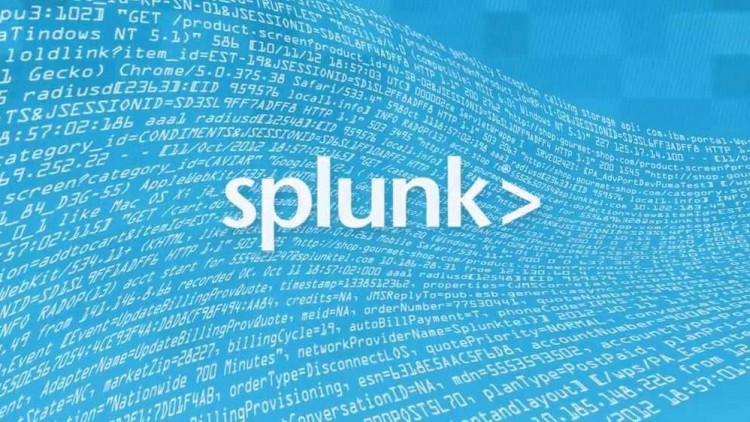In the era of data-driven decision-making, organizations are constantly searching for ways to harness the immense potential locked within their data. As the volume, velocity, and variety of data continue to grow, it becomes increasingly challenging to extract actionable insights from this wealth of information. This is where Splunk, a powerful platform designed to make sense of machine-generated data, comes into play. In this blog, we will explore how you can unleash the power of data with Splunk.
Understanding Splunk
Before we delve into the myriad capabilities of Splunk, it’s essential to understand what it is and why it’s crucial for organizations of all sizes. Splunk is a versatile data analytics and monitoring platform that provides real-time visibility into your data, helping you gain valuable insights to make informed decisions. It can handle data from various sources, such as logs, metrics, and events, enabling you to monitor, investigate, and take action.
The Splunk Platform
Splunk consists of several components that work together to help you leverage your data effectively:
- Splunk Enterprise: This is the core of the Splunk platform. It collects, indexes, and searches your data, turning raw information into valuable insights. Splunk Enterprise can be installed on-premises or hosted in the cloud, making it flexible for your organization’s needs.
- Splunk Cloud: A cloud-based version of Splunk Enterprise, Splunk Cloud offers all the core functionality without the need for on-premises infrastructure. It’s an excellent choice for organizations looking to scale quickly and leverage cloud capabilities.
- Splunk IT Service Intelligence (ITSI): ITSI is a specialized solution that focuses on monitoring IT and business services. It helps IT teams gain deeper insights into their infrastructure and service performance, allowing them to proactively address issues before they impact users.
- Splunk Enterprise Security (ES): Designed for security professionals, ES provides real-time threat detection and analysis, helping organizations detect and respond to security incidents promptly.
- Splunk Observability: With this offering, you can gain visibility into the performance of your applications and infrastructure. It helps you troubleshoot issues, optimize performance, and enhance the user experience.
The Power of Data Unleashed
Now, let’s explore how Splunk can help organizations unleash the power of data:
- Real-time Visibility: Splunk provides real-time insights into your data. It allows you to monitor your infrastructure, applications, and security in real time, enabling quick response to issues or anomalies.
- Data Analysis and Correlation: Splunk’s search and analytics capabilities enable you to correlate data from various sources, helping you connect the dots and identify trends or patterns that might have gone unnoticed.
- Predictive Analytics: Splunk’s machine learning capabilities enable you to predict future events, anomalies, and trends, giving you a competitive edge in planning and decision-making.
- Security and Compliance: For organizations concerned with security and compliance, Splunk’s security and compliance solutions help in detecting and mitigating threats while ensuring you meet regulatory requirements.
- Operational Efficiency: Splunk can help streamline your operations by identifying areas for optimization, reducing downtime, and improving resource utilization.
- Customization: Splunk is highly customizable, allowing you to build dashboards and reports tailored to your specific needs. This flexibility makes it suitable for a wide range of use cases.
Getting Started with Splunk
If you’re interested in leveraging the power of data with Splunk, here are some key steps to get started:
- Assess Your Needs: Understand your organization’s specific requirements and goals for data analytics and monitoring. This will help you tailor your Splunk deployment to suit your needs.
- Choose the Right Deployment Option: Decide whether an on-premises, cloud, or hybrid deployment is best for your organization. Each option has its advantages, so choose what aligns with your business strategy.
- Training and Skill Development: Invest in training for your team or consider hiring certified Splunk professionals. A well-trained team can maximize the benefits of Splunk.
- Start Small: Begin with a focused use case, and as you gain experience and insight, expand to cover more areas of your organization.
